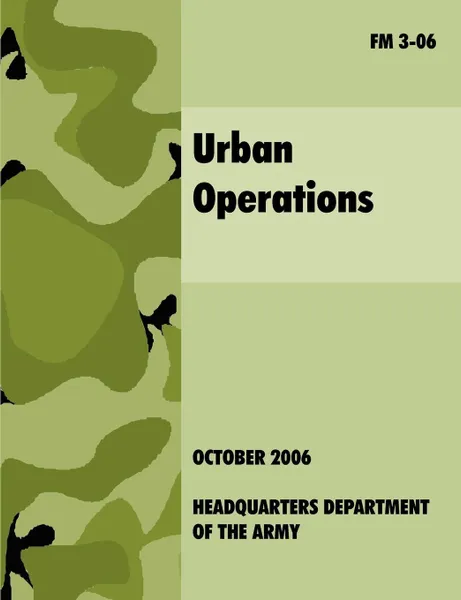Urban Operations. The Official U.S.Army Field Manual FM 3-06 12+
Автор: U.S. Department of the Army
2010
316 страниц
Категория: Научная литература
ISBN: 9781907521492
Язык: Английский
📗 This is the current Field Manual, and supersedes the June 2003 revision. Chapter 1 introduces theoretical and historical perspectives of urban operations that serve as the underlying basis for the rest of the manual. While this manual has incorporated lessons learned from recent and ongoing operations, it has deliberately taken a broad and varied historical perspective in order to remain relevant to future threats and circumstance differing from those that the Army currently faces. Chapter 2 discusses the characteristics of urban centers and populations as well as their impact on operations. It is unlikely that Army forces will ever operate in a benign urban environment; therefore, Chapter 3 discusses the varied nature of potential urban threats. Chapter 4 describes the effects of the urban environment on warfighting functions and tactics. An understanding of the complexities of the urban environment, the nature of the enemy as an adaptive, learning opponent, and the effects of the environment on warfighting capabilities and skills is essential to sound decision making. Chapters 5 and 6 discuss the potential costs of urban operations and risk reduction measures that the commander and his staff must consider early in their planning. These chapters also outline an urban operational framework and specific urban considerations that create the foundations necessary for successfully applying operational doctrine to an urban environment.The second part of the manual (Chapters 7 - 10...
Мнения
